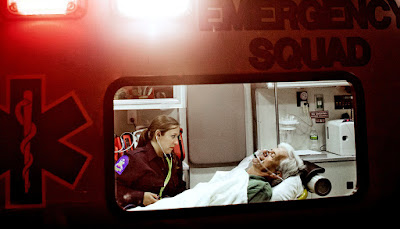BLOOD FLOW MAY RECOVER BEFORE BRAIN FUNCTION AFTER MICROSTROKE
Enhanced blood flow to the mind after a microstroke does not imply that component of the mind has recuperated, inning accordance with a brand-new study with rats. At the very least not yet.
Scientists used advanced neural monitoring technology to discover a considerable detach in between for the length of time it takes blood flow and mind function to recuperate in the area of a microinfarct, a tiny stroke in cells much less compared to 1 millimeter in dimension.
Karena Odion Ighalo, Bintang Nigeria Ini Menolak
The study shows "a pronounced neurovascular dissociation that occurs instantly after microstrokes, becomes one of the most serious a couple of days after, lasts right into persistent durations, and differs with the degree of ischemia," the scientists write.
The study in rodent models exposed the remediation of blood flow in the mind occurs first, complied with by remediation of neuronal electric task. The scientists observed that neuronal healing could take weeks also for small strokes, and potentially much longer for bigger strokes.
The study required implants and instrumentation designed to monitor both blood flow and mind task at the same time before, throughout, and after the beginning of strokes.
"This began with the device," says Lan Luan, an aide teacher of electric and computer system design at Rice University's Brownish Institution of Design that developed a versatile neural electrode with coauthor Chong Xie while both went to the College of Texas at Austin. "That was my shift from being trained as a material physicist to neuroengineering.
"As quickly as we had the electrodes, I wanted to use them to understand mind functions and disorders in a domain name that was challenging to probe with previous technology," she says. "The electrodes are incredibly versatile and well fit to be combined with optical imaging in exactly the same mind areas."
The scientists combined the electrodes with optical lines able to measure blood flow by tape-taping laser speckle patterns. The combined information, collected for as lengthy as 8 weeks, gave the scientists a precise contrast in between blood flow and electric task.
"The strokes we concentrate on are so small that when they occur, it is very hard to spot them from behavior measures," Luan says. "We would certainly not easily see disability in pet mobility, meaning the pet could leave simply fine, from a lay point of view.



